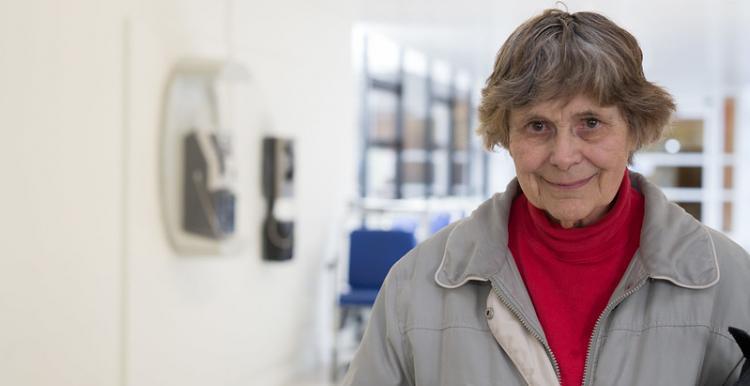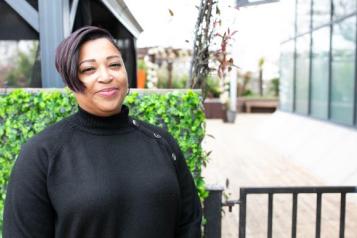What's the difference between social distancing, self-isolation and shielding?

Last updated on 5 January 2021
To help stop the spread of coronavirus, the government is advising everyone to stay at home from 5 January 2021. You should only go out for medical appointments, exercise or if it is essential. To check the latest Government guidance please visit Gov.uk.
What is social distancing?
Social distancing refers to limiting face-to-face contact with others as much as possible. The Government's most up to date advice can be found here.
To protect yourself and others, when you leave home you must:
- wash hands - keep washing your hands regularly and for 20 seconds
- cover face - wear a face covering over your nose and mouth in enclosed spaces
- make space - stay 2 metres apart from people you do not live with where possible, or 1 metre with extra precautions (such as wearing face coverings or increasing ventilation indoors)
If you are feeling unwell, get a test and do not leave home for at least 10 days.
Read more on what you can and cannot do.
Should I be social distancing?
Yes, everyone should be social distancing from anyone not in your household or support bubble until the Government instructs otherwise. You should also try to maintain social distancing if providing informal childcare within a childcare bubble.
Easy read guide on social distancing
Take a look at the easy read guide on social distancing: Keeping away from other people: new rules to follow from 23 March 2020.
What is self-isolation?
Self-isolation is the most effective way to prevent the spread of coronavirus and should be done if you show symptoms of coronavirus including:
- a new continuous cough
- a high temperature
- A loss of, or change in, your normal sense of taste or smell (anosmia)
If you display any of the symptoms outlined above you must self-isolate at home for at least 10 days from when your symptoms started and order a test.
Consider alerting the people that you have had close contact within the last 48 hours to let them know you have symptoms of coronavirus COVID-19.
Following a positive test result, you will receive a request by text, email or phone to log into the NHS Test and Trace service website and provide information about recent close contacts.
You and the rest of your household, even those that aren’t displaying symptoms, must self-isolate and avoid contact with others. This includes stopping day-to-day activities, such as shopping for food or collecting medication.
If you are self-isolating it is a good idea to call on the help of family and friends to help you do tasks where you would need to go outside. If you do not have a close network nearby, contact your local authority or community aid groups for help.
Should I be in self-isolation?
The Government's advice is to self-isolate if:
-
you have symptoms of coronavirus (COVID-19) infection, or if you have received a positive test result
-
you have symptoms that may be caused by coronavirus (COVID-19) but are waiting are waiting for a test result, or if you have not been tested and do not require hospital treatment, you must remain at home you are well
-
someone you live with or someone in your support bubble shows symptoms that may be caused by coronavirus (COVID-19)
-
you've been told you've been in contact with someone who tested positive.
If you need to self-isolate you should do so for 10 days.
Further guidance for staying at home
Take a look at the Government guidance for households with possible coronavirus (COVID-19) infection.
What is shielding or social shielding?
Shielding or social shielding is used to describe how to protect those at highest risk of severe illness if they catch coronavirus. You can shield yourself following the Government guidance, and shield others by minimising all interaction between yourself and those who are most at risk.
Should I be shielding?
The guidance for the clinically extremely vulnerable is that shielding has been reintroduced as a result of the national lockdown. To find out what this means, click the button below.
More information on shielding
We've pulled together some information to help you understand what shielding means in practice.
What is a 'support bubble'?
In England, from 13 June if you live by yourself or are a single parent with dependent children – in other words, if there is only one adult in your home – you can expand your support network so that it includes one other household of any size. This is called making a ‘support bubble’ and means you are able to meet indoors or out, be less than 2 metres apart and stay overnight as you could if they were members of your own household.


